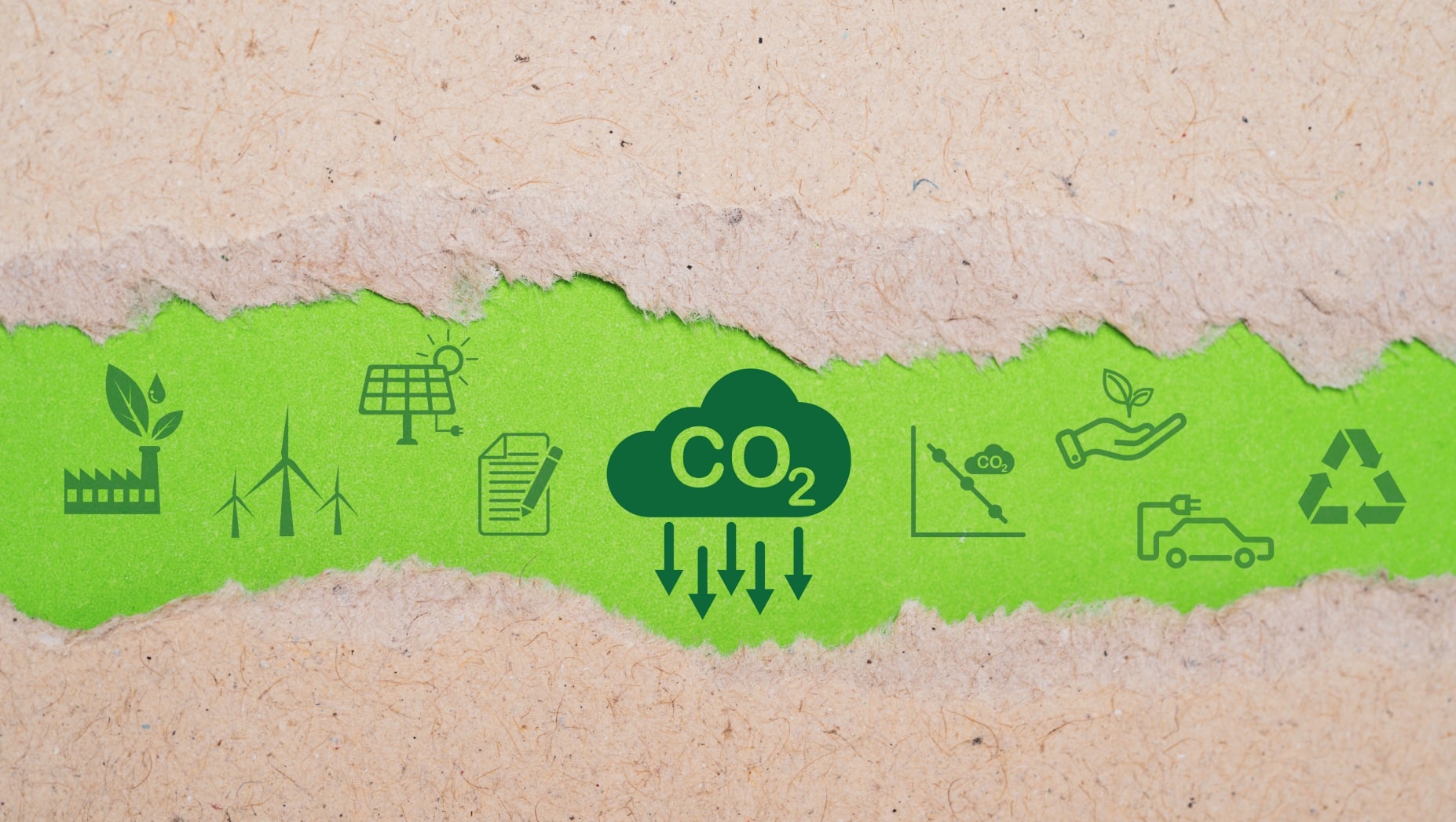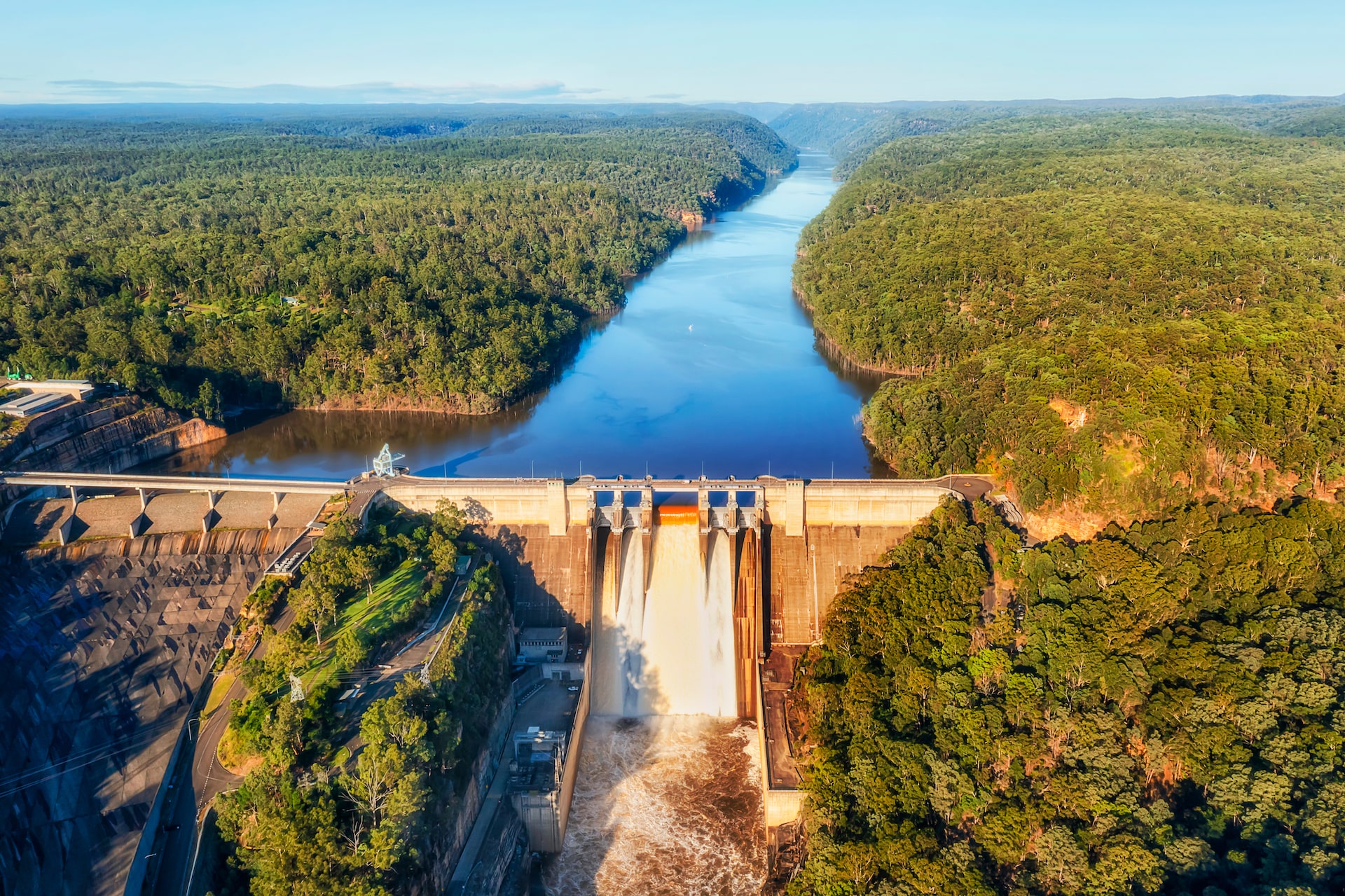The Difference between Carbon Removals
and Carbon Capture & Storage
Taking Down vs. Stopping the Flow: Defining the Divide
The battle against climate change hinges on how we handle the existing carbon dioxide (CO2) burden.
This is where Removals and Carbon Capture & Storage (CCS) diverge:


Carbon Removals
These proactive technologies actively draw down CO2 already present in the atmosphere. Imagine them as "scrubbers," diligently cleaning the air. Think trees absorbing CO2, machines capturing it directly from the air, or processes converting it into permanently stored minerals. Removals directly contribute to net-negative emissions, meaning you're actively taking out more CO2 than you're putting in.

Carbon Capture & Storage (CCS)
This technology focuses on the future by preventing new emissions from entering the atmosphere. Picture it as a "dam" stopping the flow of CO2. CCS captures CO2 at its source, often from smokestacks or industrial processes, then transports it for deep underground storage. While it prevents future emissions, it doesn't actively remove existing CO2 from the air. It essentially stops additional debt accumulation, but doesn't address the existing imbalance.

Impact and Trends: A Tale of Two Landscapes
Removals
Early stage, but brimming with potential: Emerging technologies like Direct Air Capture (DAC) offer exciting possibilities, but require scaling up and cost reduction.
Market on the rise: Some sources state the market has the potential to reach a US$1 trillion by 2050, driven by investor interest and supportive policy developments.
Benefits: Contributes directly to Net Zero goals by actively cleaning the air. Crucial for addressing unavoidable emissions from hard-to-decarbonize sectors.
Challenges: Higher costs than CCS, limited project availability, potential environmental concerns (e.g., land-use for afforestation).
CCS
Established player with ready infrastructure:Widely deployed in industries like oil and gas, offering immediate solutions.
Market size remains stagnant:Primarily driven by fossil fuel industries for Enhanced Oil Recovery (EOR), raising ethical concerns.
Benefits:Prevents future emissions from point sources, applicable to hard-to-decarbonize industries.
Challenges: Leakage risks from storage sites require vigilant monitoring. Doesn't actively remove existing CO2, risking delayed transition to cleaner energy sources.
Choosing Your Weapon:
Considerations for Corporates
For RE100 and Net Zero aspirants, the choice between Removals
and CCS requires careful strategic maneuvering:
For RE100 and Net Zero aspirants, the choice between Removals
and CCS requires careful strategic maneuvering:
- Ambition Level: Removals are essential for achieving net-negative emissions, crucial for long-term climate goals. CCS can play a supporting role to offset unavoidable emissions while transitioning to clean energy.
- Budgetary Reality: Removals, particularly early-stage technologies, come with a higher price tag than established CCS projects. Analyze cost-effectiveness based on your specific needs and budget limitations.
- Timeline Pressures: For near-term targets, readily available CCS projects might be an initial solution. Removals should be factored in for long-term strategies.
- Sustainability Values: Prioritize projects with transparency and accountability. Address environmental and social concerns associated with land-use or storage leakage.
Beyond Binary: An Orchestrated
Approach for Climate Victory
The optimal strategy might lie in a harmonious symphony
of Removals and CCS, not a single instrument:
The optimal strategy might lie in a harmonious symphony
of Removals and CCS, .not a single instrument:
- Early Phase: Utilize CCS to curb emissions from existing operations while investing in and researching removal technologies like DAC for future drawdown.
- Transition Phase: Gradually reduce reliance on CCS as renewable energy penetration increases. Optimize removal technology integration for net-negative goals.
- Net-Zero State: Maintain robust removal infrastructure to compensate for unavoidable emissions and achieve lasting climate neutrality.

